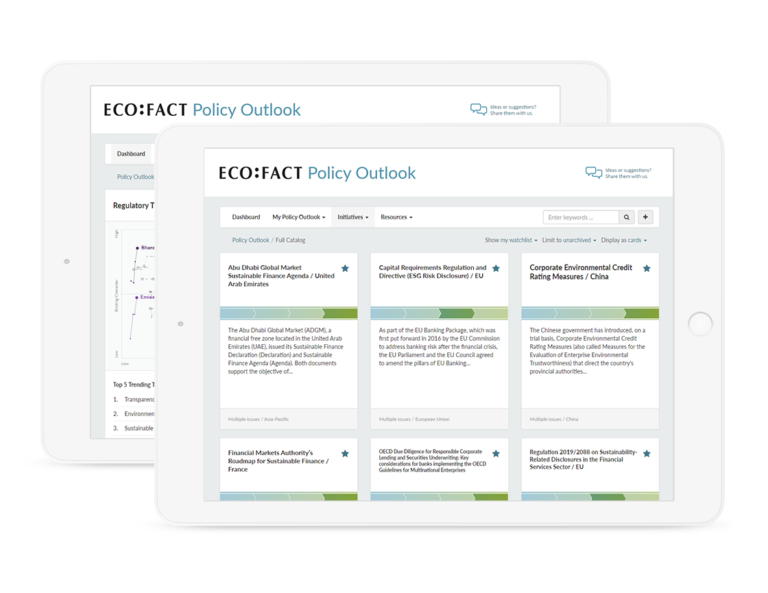The green bond market is growing, and so is the number of green bond standards
The green bond market is not new. It has been steadily growing since the first green bonds were issued by multilateral development banks in 2007. According to the Climate Bonds Initiative (CBI), which tracks the growth of this market, the combined issuance of bonds labeled as green, social, sustainable, transition, and sustainability-linked reached USD 767.5 billion in the first three quarters of 2021.
Is there a lack of standardization?
However, the green bond market has suffered from a lack of transparency, reporting, standardization, and clearly defined requirements for what constitutes a green project. But instead of responding with widespread standardization, the growing number of standards and guidelines cast doubt on whether universal green bond standards will appear any time soon.
On the other hand, one could argue that an assortment of standards can accommodate issuers in different contexts, particularly in countries in the global south that may not be able to comply with the relatively ambitious standards defined within the EU Green Bond Standards, which requires Taxonomy alignment.
Nonetheless, we find that green bonds and their standards share some commonalities:
- Several countries base their green bond requirements on the International Capital Market Association’s (ICMA) Green Bond Principles. These are currently the most widely accepted green bond standards.
- Two categories of green bonds have emerged, green-labeled bonds (certified as green) and unlabeled green bonds, which are issuances linked to specific projects with environmental benefits. The latter is currently the majority of issuances.
Prominent green bond standards
Let’s look at some of the most prominent standards and their main requirements:
The EU Green Bond Standard (2021) requires issuers to allocate 100 percent of the funds (proceeds) raised by their bond to economic activities that are aligned with the EU Sustainability Taxonomy, which has clear criteria for climate mitigation and adaptation activities (with more activities to be defined in the future).
China’s Guidelines on Green Bond Offerings (2021) include a catalog of activities (updated in 2021) similar to those of the EU Sustainability Taxonomy. The catalog consists of six main categories and 25 sub-categories of environmental activities.
Climate Bonds Initiative’s Standard (2010) defines sector-specific criteria detailing what activities are considered to be aligned with the 2°C warming limit set in the Paris Agreement. Criteria are defined for several sectors’ activities, including the electrical grid expansion, electricity storage, agricultural projects, and shipping. These sector-specific standards are used for CBI certification.
ICMA Green Bond Principles (2018) define ten categories of eligible projects that promote environmental protection or a net-zero emissions economy. They also provide guidance on the key components of a credible green bond. In addition, the ICMA provides a handbook for market participants that shares additional information on the principles.
ICMA Sustainability-Linked Bond Principles (2020) apply more broadly to any type of bond promoting environmental, social, and governance (ESG) objectives. This is because of their broader allowances for using bonds’ proceeds. Issuers are asked to define key performance indicators (KPIs) in line with their ESG objectives and to communicate the rationale for selecting the KPIs. KPIs should be material to the issuer’s core sustainability and business strategy. They should also address relevant ESG challenges of the industry sector and be under management’s control.
In addition, we find a number of national governments, stock exchanges, and supervisory authorities that have published green bond guidance based on the ICMA Green Bond Principles. These include Mexico’s Green Bond Principles (2018), Japan’s Green Bond Guidelines (2021), Peru’s Green Bond Guide (2021), and Kenya’s Green Bonds Programme.
 All posts
All posts Contact
Contact



